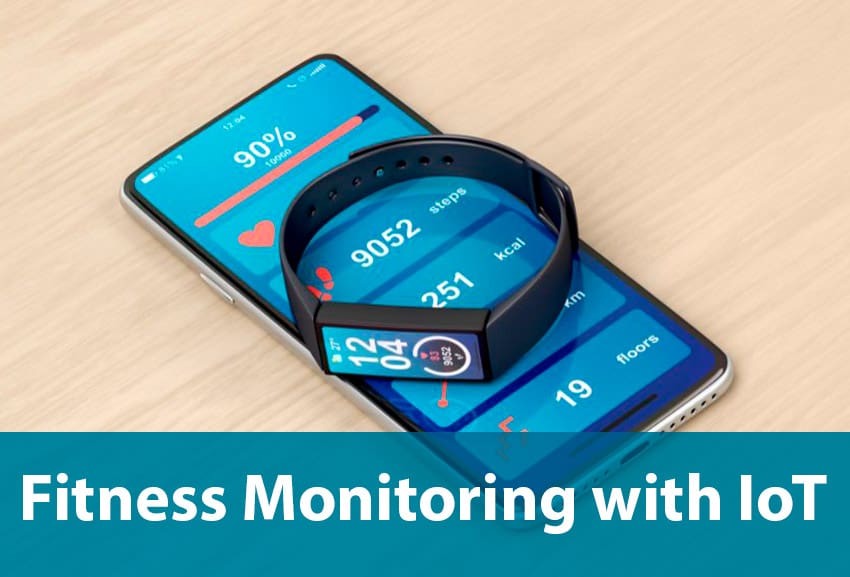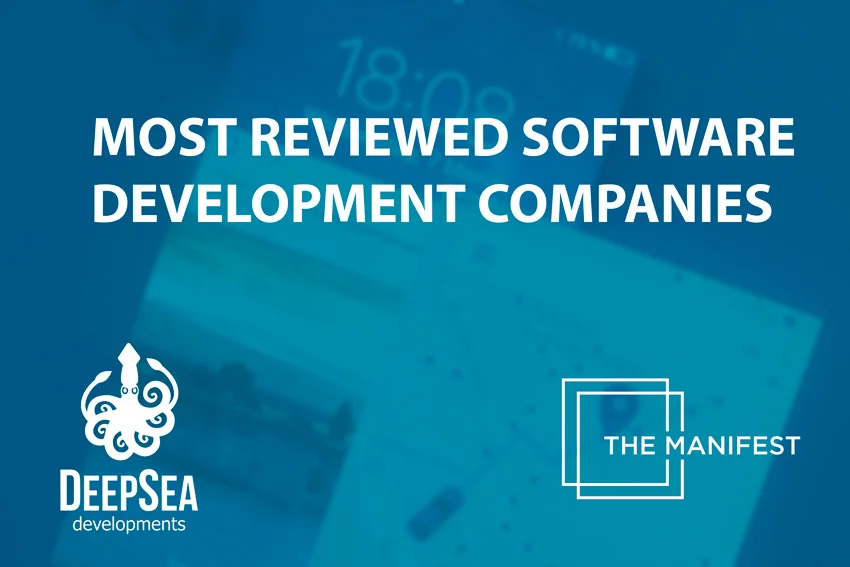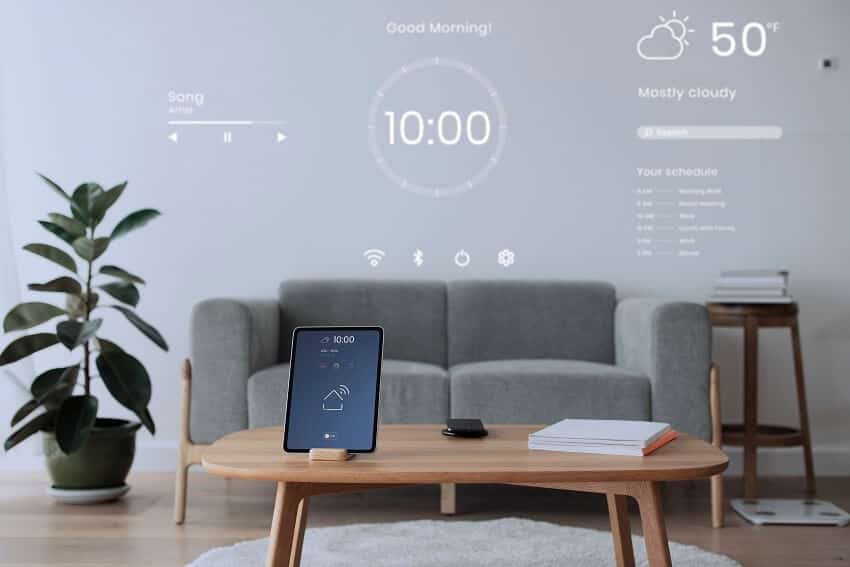IoT has reached several areas of life where people can easily take advantage of it, for instance, you can see IoT in sports, hospitals, medical devices, farming, logistics, industry, water management, and you can even find IoT device examples at home. In this article, we want to focus on fitness monitoring, especially on what data can be collected, and how it is beneficial for users.
The importance of health and fitness monitoring in IoT
Exercise today has reached a new level, thanks to smartwatches, smartbands, any IoT fitness tracker, and mobile apps, people are more empowered to take charge of their well-being.
Since IoT is so important nowadays in different areas, people value the data that can be gathered thanks to wearable devices, but not for the sake of collecting as much data as possible, it is mostly for caring about their own health.
IoT and fitness creates awareness and self-management
Health and fitness data provide individuals with a deeper understanding of their bodies, allowing them to make informed decisions about their lifestyle choices, exercise routines, and overall health management (See Internet of Things healthcare examples).
Thanks to IoT fitness trackers, people will be encouraged to work out more, and to establish a training routine that keeps them healthy.
Fitness monitoring also brings another benefit for users, which is preventive healthcare. IoT devices allow people to monitor their vitals and overall health indicators, individuals can detect potential health issues early on. For instance, when people find out they have a certain problem with blood oxygen, or blood pressure, they can visit the doctor and be more attentive to their habits.
Custom workout plans
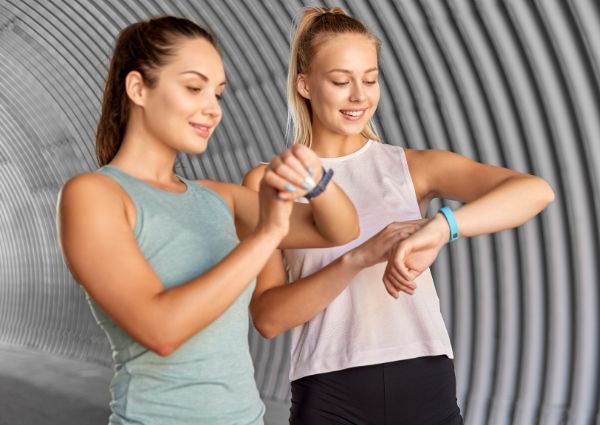
On the other hand, we could say that with the help of fitness monitoring, users can also get customized workout plans to help them reach their goals.
Since users can use their fitness trackers at any moment of the day, the mobile app can gather data from the IoT device, and suggest the best options for helping its user to improve his physical performance.
For instance, the Garmin Forerunner 255 is a nice smartwatch that allows users to get daily workouts according to the habits of its user. This device also brings sleep tracking, heart rate monitoring, among other vitals that can be tracked.
Fitness monitors work today to motivate its users to set goals and work toward them, and this is because of the different vitals that can be collected.
Fitness monitoring vitals
Wearable devices are really attractive for users that want to monitor their workouts. IoT sensors, good embedded programming languages, and a nice GPS would be the perfect combination for delivering useful data.
Heart rate monitoring
Fitness trackers equipped with optical sensors can measure an individual’s heart rate in real-time. This vital sign indicates how hard the heart is working and provides insights into cardiovascular health and fitness levels.
By monitoring heart rate during exercise or daily activities, users can optimize their workouts, track their progress, and ensure they are staying within their target heart rate zones for maximum efficiency and safety.
Activity Monitoring
IoT-enabled fitness trackers capture data on physical activity, such as step count, distance traveled, and calories burned. By monitoring these metrics, users can set goals, and track their progress.
On the other hand, there are smartbands and smartwatches that automatically detect the type of activity the user is performing, and the fitness monitor starts tracking the vitals that correspond to such activity.
For instance, the Xiaomi Mi Band 8 offers more than 150 sports modes, thanks to its incorporated 6-axis motion sensor and new accelerometer.
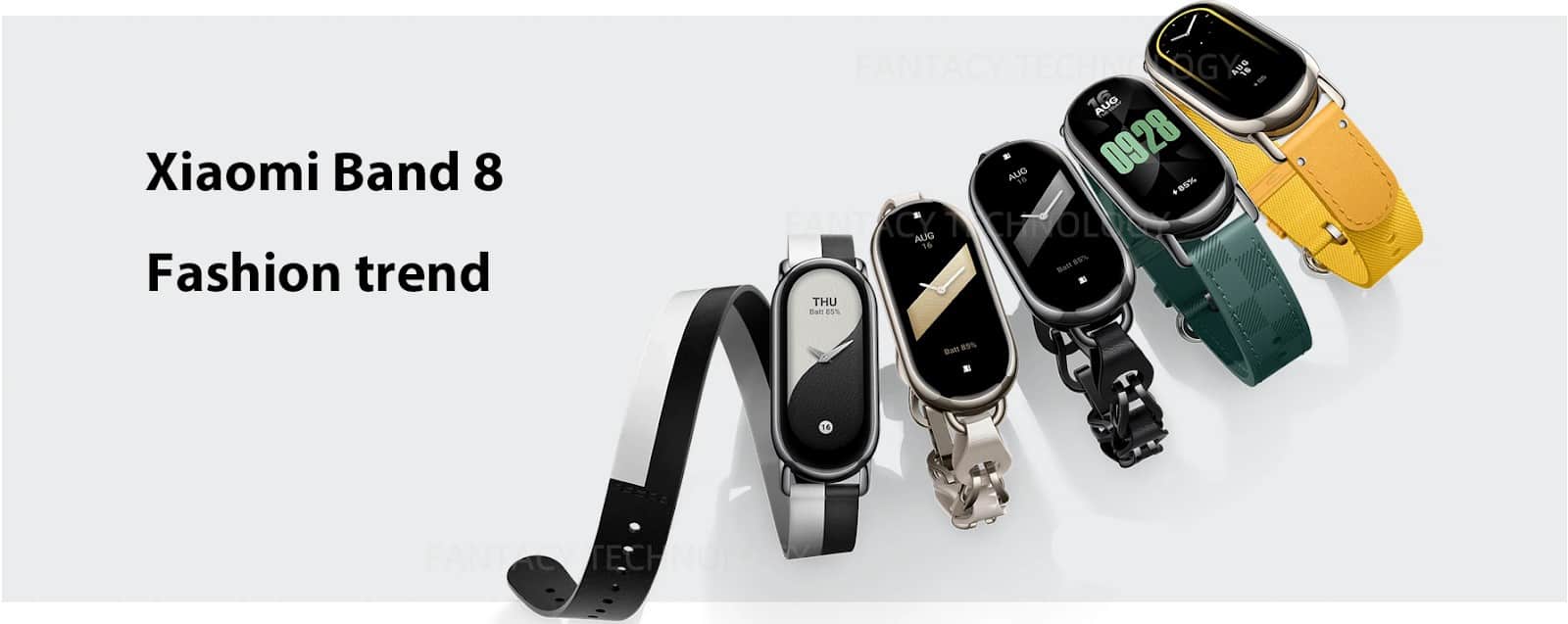
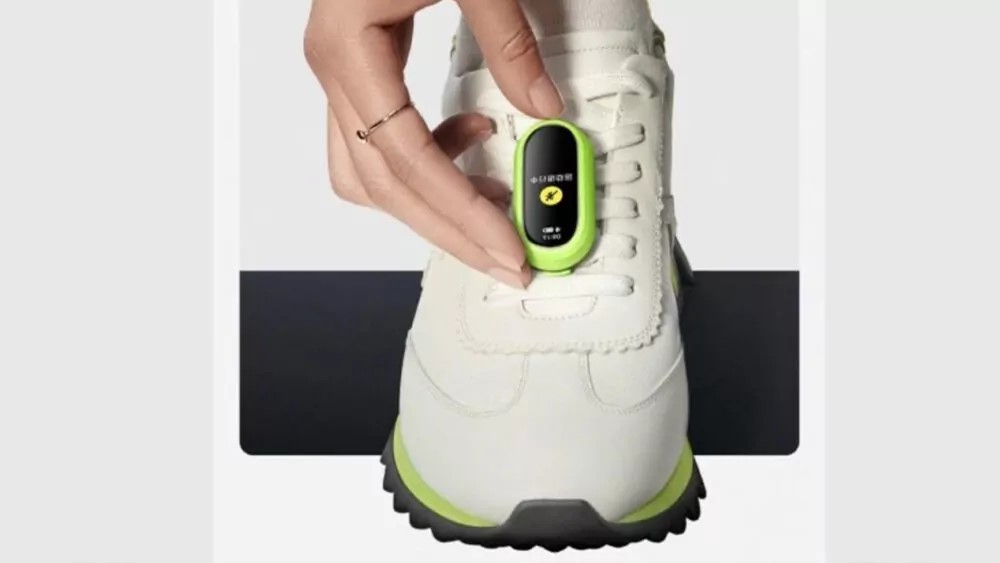
This fitness tracker takes the activity monitoring to a whole new level, since the Mi Band 8 can also be worn around the neck (as a pendant) or even attached to a shoe. The interesting part is that from either the neck or shoe, this fitness monitoring device will track key exercise metrics.
Sleep pattern tracking
Many fitness trackers offer sleep tracking capabilities. By wearing a device on the wrist overnight, users can gain insights into their breathing, sleep patterns, including total sleep duration, sleep stages (such as deep sleep and REM sleep), and interruptions during the night.
This information helps individuals understand their sleep quality and make adjustments to their habits and routines for improved restorative sleep, which is crucial for overall health and well-being. Why?
Because when talking about fitness monitoring, people that usually workout or want to maintain health need to sleep at least between 7 to 8 hours per night.
This way the user could check in the mobile app how he or she is performing with such activity, and make the necessary adjustments.
IoT fitness trackers measure calories burned
We could say the most attractive way for marketing IoT trackers is to promise a calories burned monitoring feature. However, over the years people have questioned this capability in fitness devices.
People rely on fitness monitors to exercise and track their calories burned. How is this calculated? This is usually made thanks to the internal accelerometer and the basal metabolic rate, the latter is determined by algorithms and the data you provide to the IoT fitness tracker.
Though this feature is promised by almost every fitness monitor, a study from Stanford University School of Medicine compared seven different fitness trackers and found that this measurement wasn’t 100 percent accurate, in fact, they concluded that most of the devices were off by 27 percent taking into account their calories burned estimation.
In this case, it would be interesting to think about different strategies that allow IoT fitness trackers to be more precise in their calories burned calculation. This may be enhanced with a better hardware design, a better configuration of IoT protocol, or by working harder on IoT prototyping.
Blood pressure measurement
Another vital sign that is measured by fitness monitors has to do with blood pressure. This is a key indicator of cardiovascular health and can help users identify potential hypertension or hypotension problems.
By tracking blood pressure regularly, whether it is during workouts or in the regular routines, individuals can monitor their heart health. This will be useful for making lifestyle modifications if necessary, and maintain health on a more conscious level.
We are sure there are several metrics people love to track with the help of fitness monitoring devices, however, we wanted to mention the ones we thought would be more interesting in the fitness area.
As you can see, this market has a lot of potential, there are hundreds of athletes profiles that are waiting for an IoT fitness tracker developed specifically for them, if you are thinking of developing a product for this industry, electronic prototyping services could be a great start for you, or think of IoT product development consulting if you are on a more advanced stage of the product development process.

